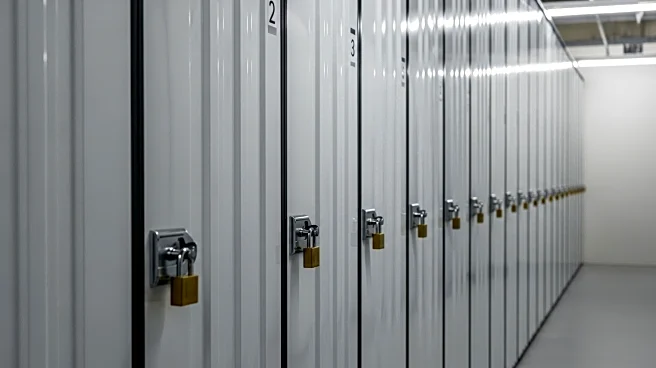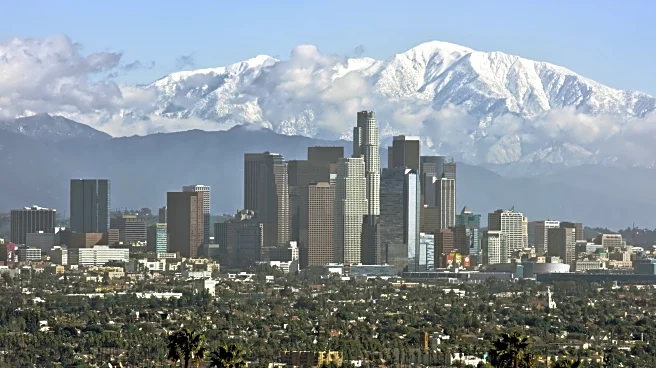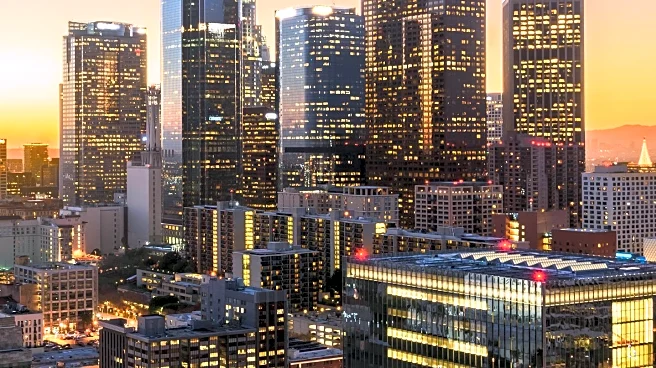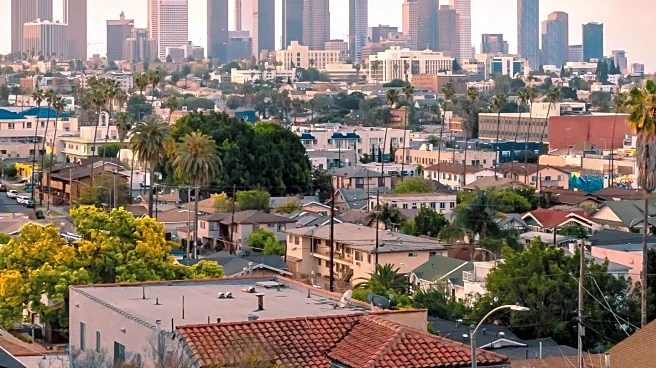What's Happening?
Downtown Los Angeles is experiencing high vacancy rates and declining values in its office rental market, prompting stakeholders to advocate for city support in converting office buildings into housing. A report by BAE Urban Economics highlights the risk of devaluation for 54 office buildings, potentially leading to nearly $70 billion in lost value and $353 million in property tax revenues over the next decade. The report suggests that converting these buildings into housing could help address the city's persistent housing shortage. Despite the challenges, Century City remains a strong performer in the office rental market, known for its high-end office towers occupied by financial companies and lawyers.
Why It's Important?
The conversion of office spaces into housing could significantly impact the commercial real estate industry and the housing market in Los Angeles. With the potential loss of billions in property value and tax revenues, stakeholders are looking for solutions to mitigate these risks. The adaptive reuse of office spaces could provide much-needed residential living options, addressing the housing crisis while reducing carbon emissions associated with new construction. This shift could also influence urban planning and development strategies, as cities seek to balance commercial and residential needs.
What's Next?
The future of commercial real estate in Los Angeles may involve more adaptive reuse projects, as stakeholders push for policy changes to facilitate these conversions. The city may need to consider zoning adjustments and incentives to encourage the transformation of office buildings into housing. As companies continue to refine their office attendance policies, the demand for office space could stabilize, potentially easing the pressure on landlords. However, the success of these initiatives will depend on collaboration between city officials, real estate developers, and community groups.
Beyond the Headlines
The trend of converting office spaces into housing reflects broader shifts in work habits and urban living. As remote work becomes more prevalent, the demand for traditional office spaces may continue to decline, prompting cities to rethink their infrastructure and land use policies. This could lead to more sustainable urban environments, with mixed-use developments that integrate residential, commercial, and recreational spaces. Additionally, the focus on quality-of-workplace experience and employee amenities may drive innovation in office design and location choices.












